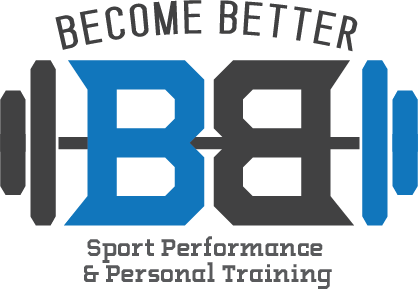Generally speaking the term “Cardio Training” to most people just means anything we might do in the gym that isn’t the typical weight training. Although this is somewhat true it doesn’t really differentiate between the actual type of training going on. Long distance running is not the same as rowing intervals at 30 seconds on and 30 seconds off even though you can technically consider them both cardio. Normally I wouldn’t bother explaining the difference between them, but the topic actually came up twice this week so I thought I would explain a little more about them.
The actual definition of Cardio Training is any form of exercise that works the Cardiovascular system (i.e. The heart). This is actually accomplished with pretty much all exercise (although to varying degrees). Mostly, cardio is synonymous with Aerobic training which means exercise that requires the use of oxygen to create energy in the body. Examples would be long distance activity where your heart rate is elevated modestly for a prolonged period of time such as running, biking, or swimming. In the gym we normally stick to exercise that would be considered Anaerobic Training which just means exercise that does not require the use of oxygen. One form of Anaerobic Training is using the Phosphagen system (ATP-CP) which is mostly used within the first 10 seconds of an exercise. Examples would be typical weight training activities. Read my previous article on Creatine here which details this system more. The other Anaerobic system is the glycolytic system. This system uses glycolysis to break down Glucose and typically kicks in more after the first 10 seconds of exercise and continues for a couple minutes. Don’t worry, we’re not going to go into detail on how this works in your body. This system is largely what we train at the gym at the end of workouts.
The table above is a bit simplified because most activities use multiple energy systems. For example, when you’re rowing for 3 minutes you first tap into your Phosphagen system, then your glycolytic, and then your aerobic, but when you're above 2 minutes those other energy systems don’t just shut off. They are still being used, just to a lesser extent. Same goes for something like a 60 second bike sprint. Oxygen is still coming in and being used, but to a lesser extent than if it was a longer exercise.
Most of our “cardio” training at the gym would be considered largely anaerobic. The reason why we do anaerobic training opposed to aerobic is mainly time related. Quite frankly we don’t have time to watch you run on the treadmill for 30 minutes. Nor would that be a good use of your money to pay us for. The other reason we do more anaerobic training is because it still has a “cardiovascular” effect on your body in addition to being strength oriented. If you think about the conditioning we do you would probably agree that it takes a decent amount of strength and power to perform a lot of the activities while also getting your heart rate up. So you get a little bit of both worlds.
This is especially important for athletes because most sports require short bursts of activity followed by some rest and then repeated. Large amounts of aerobic exercise for many athletes isn’t beneficial if their sport doesn’t require them to run around constantly. For example, when you play volleyball a typical rally is only around 30 seconds and then you rest for about the same amount of time. So training similarly would be ideal. That’s not to say that some aerobic dominant training wouldn’t still be helpful, just that the emphasis shouldn’t be that. Basketball on the other hand takes more aerobic ability because there is a lot less rest throughout a game and between plays.
In conclusion, the term “cardio” training isn’t always the best way to describe what the exercise is. Just because you cycled for an hour yesterday doesn’t mean you should avoid doing intervals of pushing a heavy sled today because even though you could call them both “cardio” their purpose is different. Also, going for a hike/walk shouldn’t replace your weightlifting for the day. I am by no means trying to bash aerobic training. Aerobic training is definitely needed in everyone's program to get the most health benefits from exercise. In fact, just because you lifted weights today doesn’t mean you shouldn’t also find some time to go for a walk/run too. All forms of training have their benefits and purpose in a good exercise program. Just don’t confuse aerobic training you may do at home for a substitute for the anaerobic training we might do at the gym.


